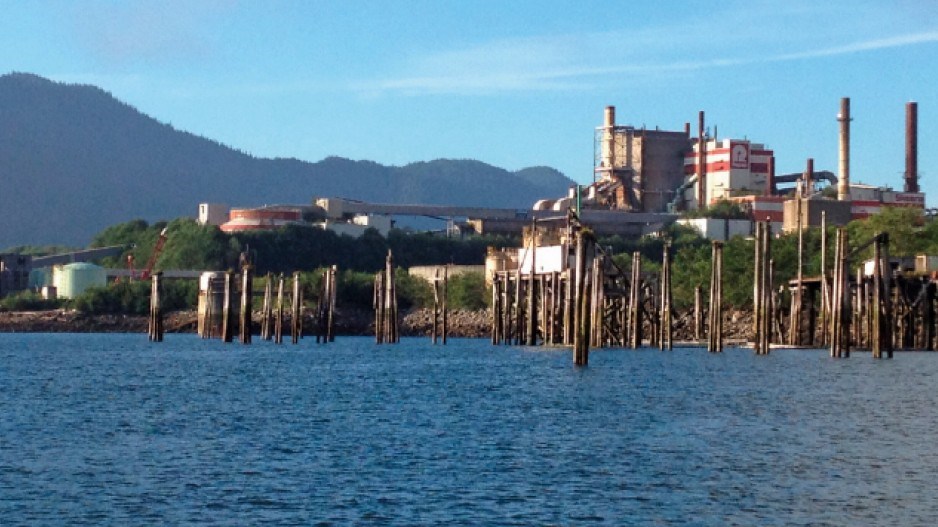Premier Christy Clark has promised British Columbians a huge payoff if and when the province’s dreams for an LNG industry are ever realized.
But some municipal governments are dreaming big too. On December 3, the City of Prince Rupert rezoned a parcel of municipal land for industrial use, and specifically for an LNG facility.
Imperial Oil (NYSE:IMO) and Exxon Mobil (NYSE:XOM) are currently exploring the possibility of building an LNG facility on the land, which is located across from the small coastal town's waterfront. The piece of land is as big as Prince Rupert’s current footprint and is currently undeveloped.
Prince Rupert city staff estimate that if an LNG plant is built, the town would receive around $66 million a year in taxes. That compares to Prince Rupert’s current $44 million yearly budget. In 2011, the town had a population of 13,000.
The tax revenue boost would make a big difference for the town, said Lee Brain, the mayor of Prince Rupert. The town has been hit hard over the past few decades by downturns in fishing and forestry.
“Right now Rupert has a $258 million infrastructure deficit,” Brain said.
“For example, for this project to go ahead we have to invest $12 million to upgrade our water supply dam and our water lines. We have such crumbling infrastructure here … everything that was built in this town was build around a hundred years ago. It all needs upgrading.”
Brain said he hoped some of that tax revenue could be used to invest in renewable energy for the town, such as wind or tidal power.
The city hired a local biologist, Barb Faggetter, to complete a review of the air and water pollution that could be caused by the facility. Faggetter has been critical of Petronas’ proposed LNG facility, which would be located south of Prince Rupert on Lelu Island.
If the Exxon project goes ahead, Faggetter has recommended ongoing airshed monitoring and using all available technologies to reduce emissions.
Faggetter recommended that the city advocate that Exxon use renewable energy sources as an alternative to powering the LNG plant with natural gas as a way to reduce air pollution. In her report, Faggetter also warned of potential risks to shellfish and nearby lakes, but described the shoreline of the land parcel as "low sensitivity" in terms of marine habitat.
Business in Vancouver contacted Faggetter for comment, but she deferred questions to the City of Prince Rupert.
“We’re also considering hiring an environmental officer who would oversee the entire project from the city’s side and would go through the environmental assessment process,” Brain said.
The city believes that building an LNG facility on their site will be less environmentally damaging than some of the other facilities that have been proposed. For instance, Brain said, Petronas’ Pacific Northwest LNG site is located on an estuary where salmon develop.
“This Exxon site has no marine habitat it’s being constructed right next too,” Brain said. “It’s a much safer site.”
While the land is currently zoned for LNG use only, it could be rezoned for other industrial uses, like a sawmill, if the project does not go ahead. Exxon and Imperial now need to start the environmental review process.
While 18 LNG projects have been proposed for B.C., energy analysts predict between one and three will actually get built. Petronas, considered one of the most likely to go ahead with its Pacific Northwest LNG project, announced this week that it would defer a final investment decision that was expected in mid-December.
@jenstden




